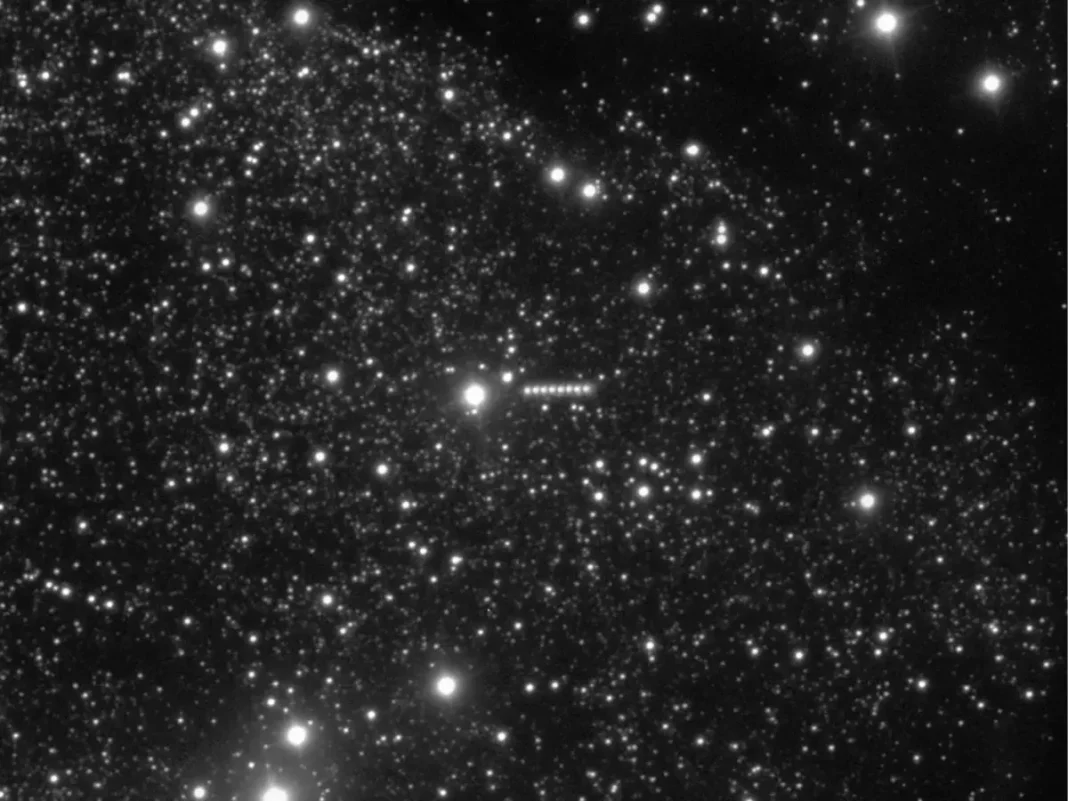Key Takeaways
- NASA faces growing pressure to release Mars Reconnaissance Orbiter images of the interstellar comet 3I/ATLAS.
- Congresswoman Anna Paulina Luna has formally demanded NASA release the data.
- The comet is currently visible from Earth with binoculars or a telescope.
- Unverified images and videos of the comet are circulating online.
NASA is facing mounting calls to release high-resolution images of the interstellar comet 3I/ATLAS captured by its Mars Reconnaissance Orbiter. Scientists and politicians argue that withholding this data hampers crucial research before the object leaves our solar system.
Scientific Community Demands Transparency
Harvard scientist Avi Loeb has publicly criticized NASA’s silence, stating that keeping such information secret means “losing a battle against time.” He has joined other researchers in requesting NASA release data on 3I/ATLAS for further study of its unique interstellar properties.
How to Spot 3I/ATLAS from Earth
The comet is now visible from Earth using binoculars or a telescope. Astronomy experts indicate it can be spotted near Venus and the bright star Spica in the Virgo constellation. Stargazing apps like SkySafari, Sky Tonight, or standard stellar maps can help locate these reference points.
Unverified Claims Circulate Online
NASA’s official silence has created space for misinformation, with several unverified photos and videos claiming to show 3I/ATLAS circulating online. Some falsely attribute these images to NASA or claim they were leaked from the Japanese space agency. None have been verified, and most appear to be mislabeled or fabricated.
Mars Flyby Observations Withheld
During October 2-3, 3I/ATLAS made a close approach to Mars. Both the Perseverance rover and Mars Reconnaissance Orbiter are believed to have observed the comet, but NASA has not released any data from these observations. The European Space Agency has released the only confirmed image of 3I/ATLAS from Mars.
Congressional Pressure Mounts
Congresswoman Anna Paulina Luna escalated the pressure on October 31 by sending a formal letter to Acting Administrator Sean Duffy demanding NASA urgently release the MRO data. Luna wrote: “This information is of great importance to advancing our understanding of interstellar visitors and their interaction with our solar system.”




